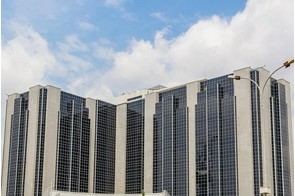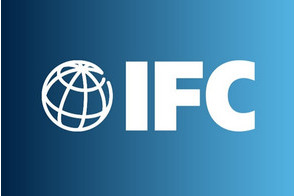Latest News
Nigeria's population in multidimensional poverty rises to 98.2 million

News Highlight
The new report shows 1.3 billion people across the globe are “multidimensionally poor,” which means they lack access to education and healthcare and their quality of life is poor.
The 2019 Global Multidimensional Poverty Index (MPI) jointly published by the United Nations Development Programme (UNDP) and the Oxford Poverty and Human Development Initiative (OPHI) at the University of Oxford, shows that the population of Nigerians in multidimensional poverty increased from 86 million in 2007 to 98 million (or 51.4% of the population) in 2017. The publication, titled "Illuminating Inequalities” and released on Thursday, reveals inequalities across countries and among the poor.
According to the UNDP, the aim of the MPI is to go beyond using income as the standard measure of poverty to highlight other ways in which people experience deprivation. Based on the income threshold, the proportion of a population that lives below the national poverty line of $1.90 per day was 46% in 2017. However, the proportion increased when the multidimensional approach was used.
The MPI looks at three key dimensions of poverty, namely health, education and standard of living. Across these dimensions are 10 indicators, which are nutrition, child mortality, years of schooling, school attendance, cooking fuel, sanitation, drinking water, electricity, housing and assets. The indicators are underscored by the 17 Sustainable Development Goals (SDGs). Goal 1 of the SDGs seeks to eradicate poverty in all its forms by 2030.
The new report on global poverty showes 1.3 billion people across the globe are “multidimensionally poor,” which means they lack access to education and healthcare and their quality of life is poor. More than two-thirds of them – 886 million – live in middle-income countries. 7.6% of them are Nigerians.
The UNDP and OPHI said they studied 101 countries – 31 low-income, 68 middle-income and two high-income countries. Half of the 1.3 billion multidimensionally poor people are children under age 18. A third are children under age 10. This shows one in three children worldwide was found to be multidimensionally poor, compared with one in six adults. The implication being that children bear the greatest burden of multidimensional poverty.
The report also shows wide variation in inequality across countries and among multidimensionally poor people. This variation is based on the intensity of poverty experienced by each poor person.
For example, Egypt and Paraguay have similar MPI values, but inequality among multidimensionally poor people is considerably higher in Paraguay. In Sub-Saharan Africa (SSA), Gambia and Nigeria have similar MPI values (around 0.290), but inequality is higher in Nigeria (variance of 0.029) than in Gambia (0.018).
While multidimensional poverty increased in Nigeria, in India, 271 million people were lifted out of poverty in 10 years (2006-2016). Between 2004 and 2014, Bangladesh lifted 19 million people out of poverty.
The Nigerian population vulnerable to multidimensional poverty is 16.8%, according to the report. This is the percentage of the population that is not poor, technically speaking, but is at risk of suffering multiple deprivations.
Related News
Latest Blogs
- AML/CFT regulations and data protection require balance in regulating cryptocurrency
- It's time for honest discussions on Nigeria's security architecture
- Driving economic growth through green transition in Nigeria
- CBN is fighting inflation instead of stagflation
- Why electricity privatization failed (2)
Most Popular News
- IFC, partners back Indorama in Nigeria with $1.25 billion for fertiliser export
- CBN increases capital requirements of banks, gives 24 months for compliance
- Univercells signs MoU with FG on biopharmaceutical development in Nigeria
- CBN settles backlog of foreign exchange obligations
- Ali Pate to deliver keynote speech at NDFF 2024 Conference
- NDFF 2024 Conference to boost Nigeria’s blue and green economies






